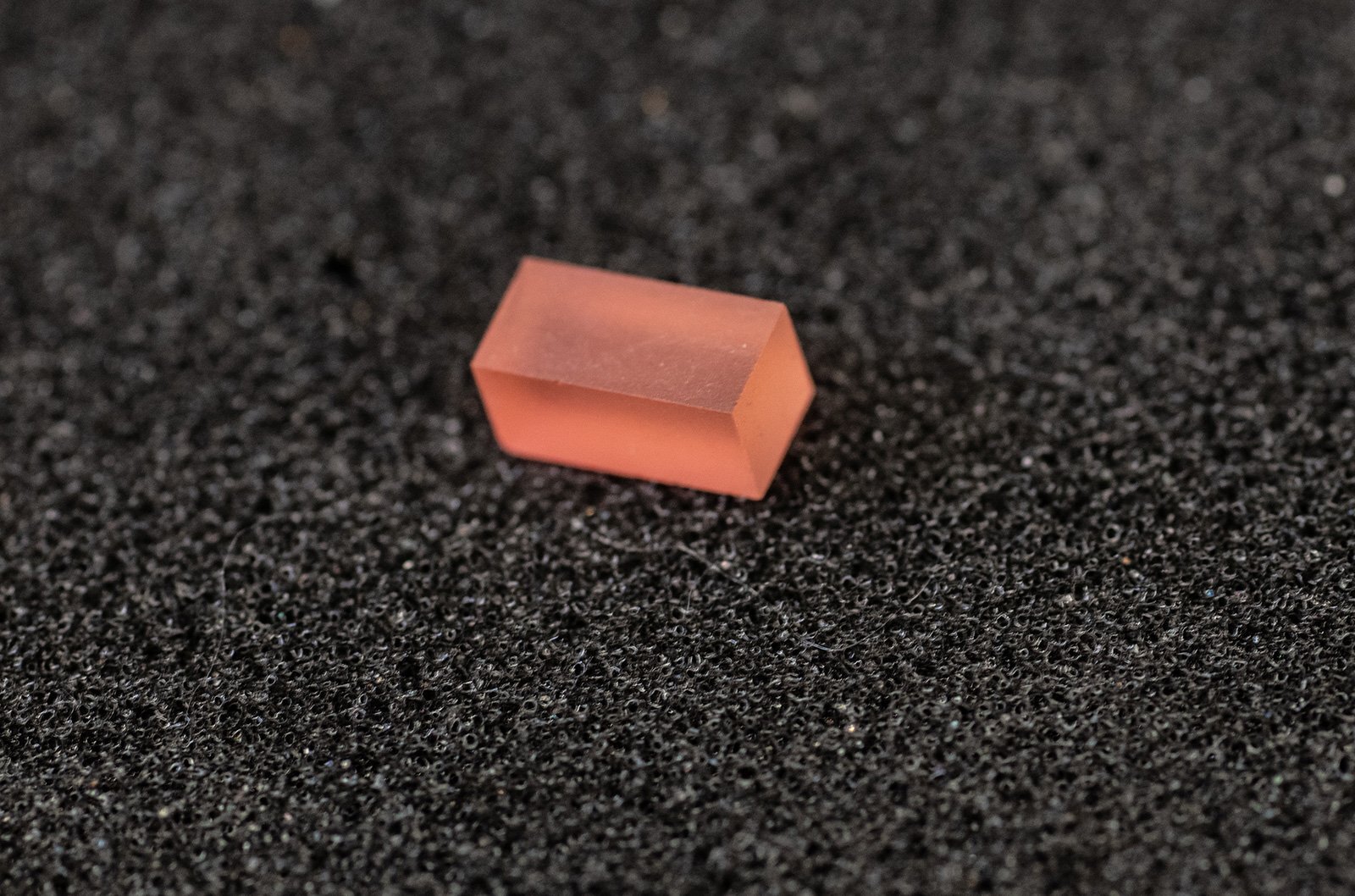Atoms in iron screws and other ferromagnetic materials have electrons that behave like tiny magnets. Normally, these magnets are aligned within a region but not from one region to the next. It’s similar to tourists in Times Square pointing to different billboards. However, when a magnetic field is applied, the magnets in different regions line up, and the material becomes fully magnetized, just like tourists turning to point at the same sign.
In 1919, physicist Heinrich Barkhausen demonstrated this avalanche effect in magnets. He showed that these jumps in magnetism can be heard as a crackling sound, known today as Barkhausen noise, by wrapping a coil around a magnetic material and attaching it to a loudspeaker.
Recently, Caltech researchers reported in the journal Proceedings of the National Academy of Sciences that Barkhausen noise can be produced through quantum mechanical effects, marking the first time quantum Barkhausen noise has been detected experimentally. This research is a significant advancement in fundamental physics and could potentially lead to the creation of quantum sensors and other electronic devices.
Christopher Simon, the lead author of the paper and a postdoctoral scholar in the lab of Thomas F. Rosenbaum, a professor of physics at Caltech, explained, ”Barkhausen noise is the collection of the little magnets flipping in groups.”
2024-03-28 22:51:03
Source from phys.org
